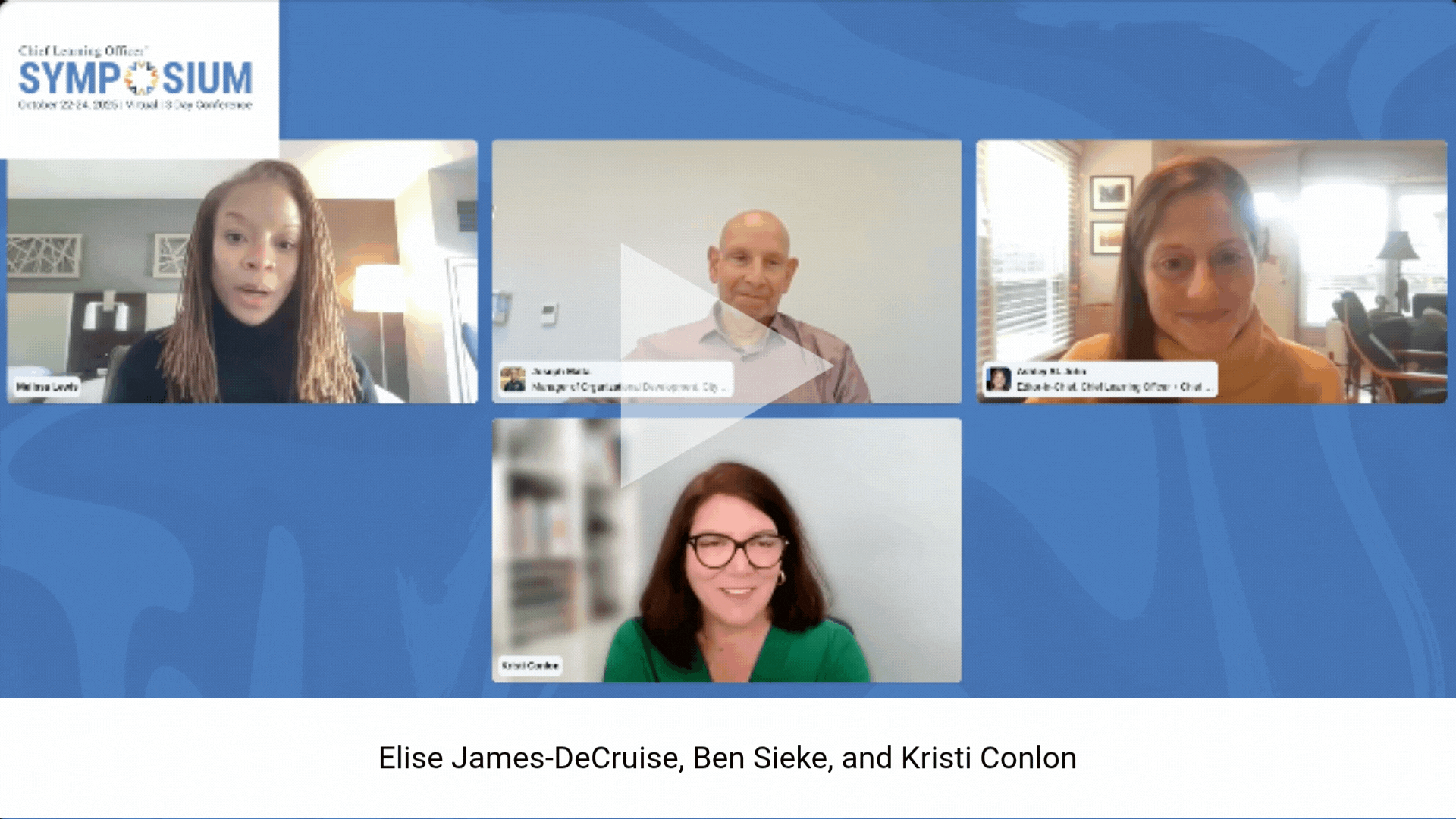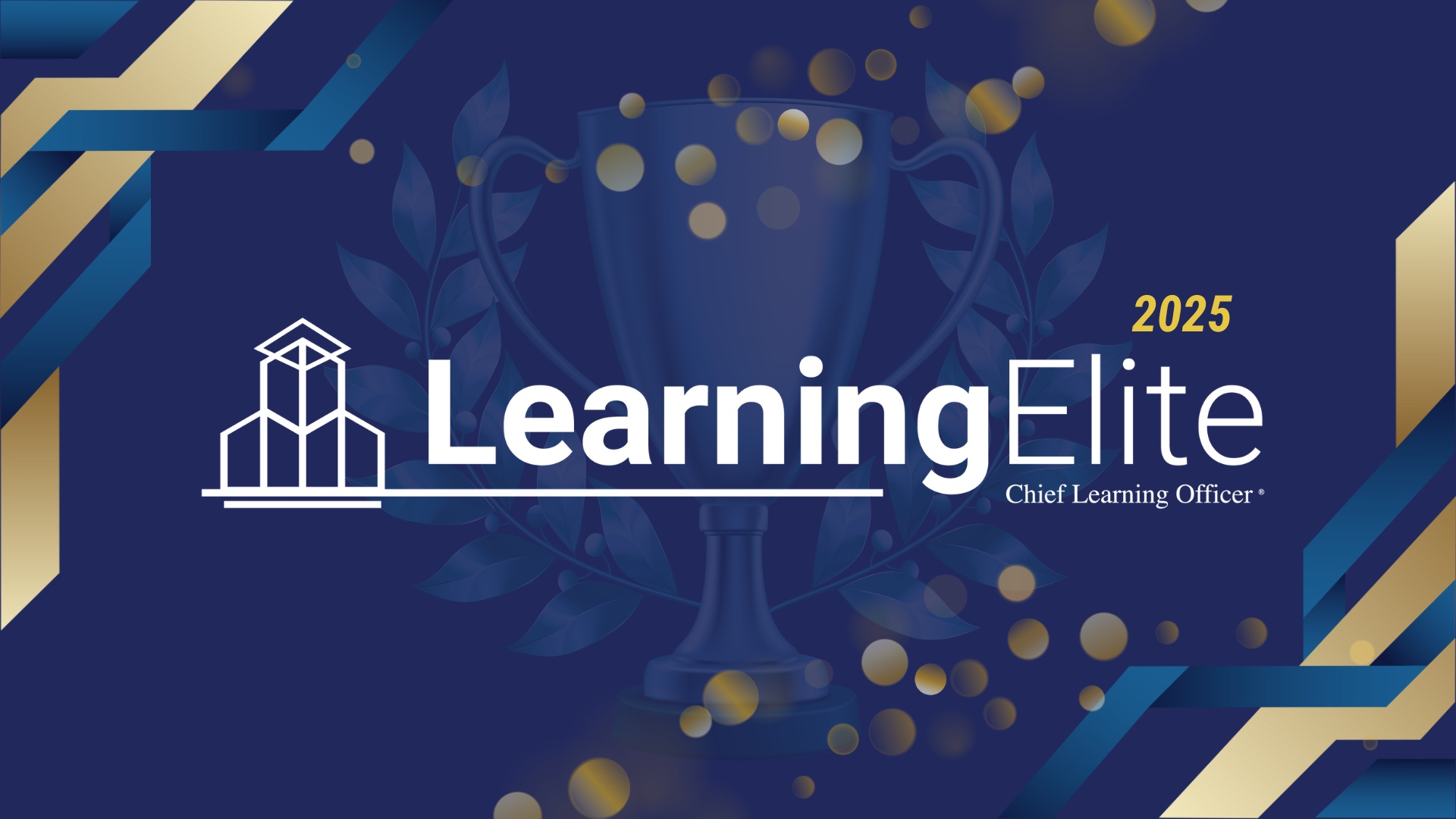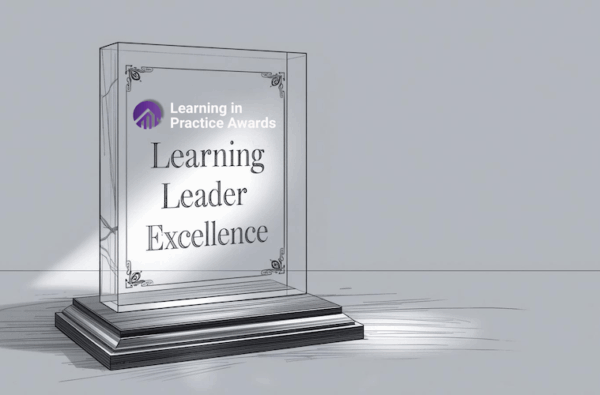Innovation is about more than creating something fresh and popular in the marketplace. It can mean adopting a new way of thinking about process, collaboration and idea generation, and that’s a cultural exercise that touches the entire organization — not just the executives learning about design thinking practices.

Paul Reeder, executive director, Ohio State Center for Innovation and Entrepreneurship, Ohio State University, shared some of the techniques that make design thinking an excellent tool with which to teach executives about innovation.
Chief Learning Officer: How do you teach executives to test new ideas?
Paul Reeder: It’s important that executives recognize the value of design thinking. But without driving the cultural consistency through all people who touch a new idea or execute a disruptive plan, without that consistent collaboration across the organization, it won’t really have impact.
The concept of testing new ideas is simple — talk to actual customers. But that’s difficult for a lot of companies to do, particularly in the digital age. We want to do online surveys and have digital feedback. But talking to actual customers is one of the cornerstones of design thinking. Seek validation at all levels — when you identify the initial problem or opportunity, to looking at co-design through the solution or ideation process and then ongoing dialogue as a preemptive process to customer service.
CLO: Are there low-risk ways to test drive potential innovations before making formal project investments?
Reeder: Something that might have been very difficult to test in the past — like a new product — now with rapid prototyping and 3-D printing you can get a testable product within a couple of weeks and put that in front of your customer to get feedback.
In the service industry, Wendy’s is offering up limited time offer products and services every month. They’re doing ongoing testing with probably not a significant amount of cost other than keeping a consistent and safe product; but they’re able to make really quick operational changes, with digital being the fastest.
Because of these new technological processes, plus Facebook and Twitter, we’re able to get a much lower risk, much higher quality of validation than we were ever able to before. So, get your customer involved as early as possible, and keep them involved throughout the process.
CLO: How much is the executive’s ability to learn design thinking affected by organizational or learning culture?
Reeder: It is paramount to the success of any organization using a design thinking or user-centric approach. If you’re not implementing that into the culture of your organization whether you’re a startup, a university or a corporation, your customer will not buy your product or service. In our center of innovation, we have five corporate members. This is something they think about every day — how do I change the culture within my company so that every person is beginning to look for opportunities, efficiencies, ways we can increase our customer experience and provide us with a differentiation point that’s not just reacting to our competitors?
A lot of executives have seen other companies taking advantage of it; they want to know how is design thinking different than critical thinking or operational excellence. First, set the vocabulary. When they understand the words, move to an educational, four-hour activity where you go through an active, experiential design thinking exercise to put things into practice. Then you go to the transformational. If you believe this is valuable to your company then our exec ed program can put in place a [customized] program to support changing the company’s culture not just at the executive level, but at multiple levels.
















